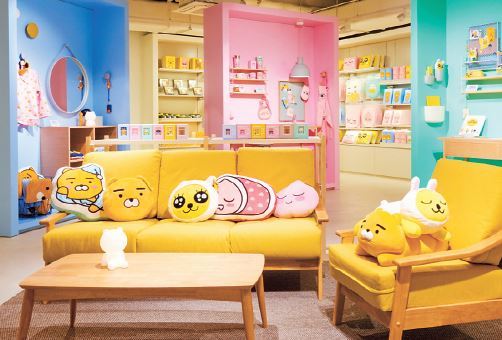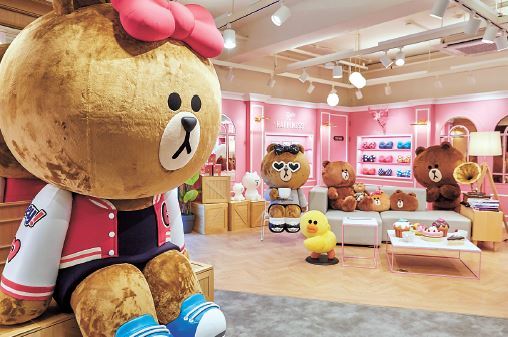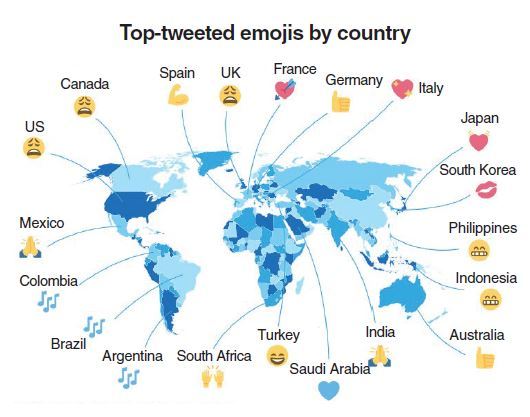[Weekender] Korea’s favorite emoticons and their stories
By Korea HeraldPublished : June 9, 2017 - 16:38
Koreans are avid users of emoticons on mobile chats, and an interesting trend here is that popular emoticons are mostly characters with made-up life stories behind each of them.
According to Kakao Corp, the operator of the country’s largest mobile messenger with around 42 million users, the most consumed emoticon series features Kakao Friends -- a group of eight different characters led by Ryan the lion.
As of early June, a total of 28 emoticon packages featuring Kakao Friends are available for purchase on Kakao Talk. Due to high popularity, the firm plans to launch a new emoticon package every month.
According to Kakao Corp, the operator of the country’s largest mobile messenger with around 42 million users, the most consumed emoticon series features Kakao Friends -- a group of eight different characters led by Ryan the lion.
As of early June, a total of 28 emoticon packages featuring Kakao Friends are available for purchase on Kakao Talk. Due to high popularity, the firm plans to launch a new emoticon package every month.

“Among the eight characters, Ryan, who was created to become a reliable advisor for users, is arguably the most popular,” said a manager at Kakao Corp. “Beyond being an emoticon character, Ryan-motif products ranging from school supplies, toys, dolls to kitchenware are best-selling items.”
Line, another mobile messenger run by Korea’s biggest portal operator Naver, says its most popular emoticon character from its 11-member Line Friends Group is a bear named Brown.

“Brown was the first character emoticon introduced in 2011 to both Korean and global users on Line,” said a PR manager for Line Friends. “Brown is a character that is timid and mild, but turns scary when he’s angry.”
A common thing between the most popular emoticon characters of Kakao and Line messengers is that they both express users’ feelings well in a clear and creative way.
“I feel I can rely on Ryan either when I am sad or happy,” said a 30-year-old female fan of the emoticon. “Ryan seems blunt, with no particular facial expression, but even a small change in that face touches my heart.”
Unlike Korea, the rest of the world seems to be favoring facial expressions of the famous happy face, Smiley, called “emoji” in Japanese.

“What is interesting is that, in Korea, people tweeted a kiss mark emoticon more than facial expressions,” said a PR manager for Twitter Korea.
By Song Su-hyun (song@heraldcorp.com)
-
Articles by Korea Herald











![[Today’s K-pop] BTS pop-up event to come to Seoul](http://res.heraldm.com/phpwas/restmb_idxmake.php?idx=644&simg=/content/image/2024/04/17/20240417050734_0.jpg&u=)






![[KH Explains] Hyundai's full hybrid edge to pay off amid slow transition to pure EVs](http://res.heraldm.com/phpwas/restmb_idxmake.php?idx=652&simg=/content/image/2024/04/18/20240418050645_0.jpg&u=20240419100350)

